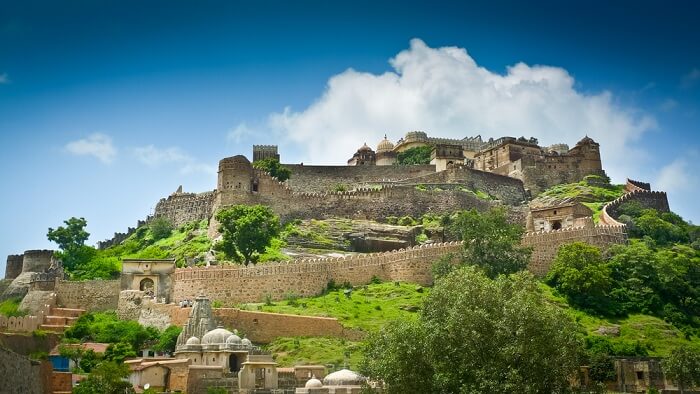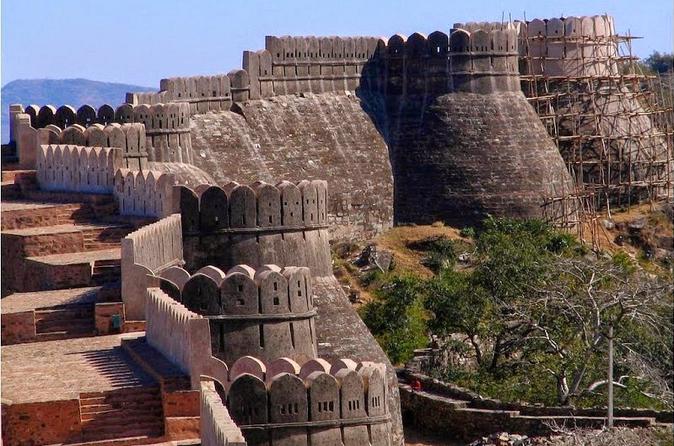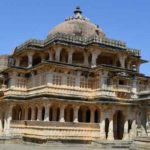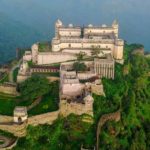Historical Fort Kumbhalgarh in Rajasthan

Kumbhalgarh fort is a Mewar fortress on the westerly range of Aravalli Hills, in the Rajsamand district near Udaipur of Rajasthan state in western India. It is a World Heritage Site included in Hill Forts of Rajasthan. Built during the course of the 15th century by Rana Kumbha.
Kumbhalgarh Fort, along with five other forts of Rajasthan, was declared a UNESCO World Heritage Site under the group Hill Forts of Rajasthan.
With the walls of the fort extending over 38 km, it is claimed to be the second-longest continuous wall after the Great Wall of China; the fort is among the largest wall complex in the world, and the second largest fort in India after Chittor Fort.
The early history of the fort could not be ascertained on account of lack of evidence. The earliest name of the fort is believed to be Machhindrapur, while Sahib Haqim, a historian, named it Mahore. The original fort is believed to have been built by King Samprati of the Maura Age on account of the strategic importance during the 6th century. The subsequent history till 1303 AD till the invasion of Alauddin Khalji is obscure.

Kumbhalgarh in its current form was built and ruled by Rana Kumbha and his dynasty who were Hindu Sisodia rajputs descendents. Kumbhalgarh in its present form was developed by, and believed to have been designed by a famous architect of the era Madan. Rana Kumbha’s kingdom of Mewar stretched from Ranthambore to Gwalior and included large tracts of erstwhile Madhya Pradesh as well as Rajasthan. Out of the 84 forts in his dominion, Rana Kumbha is said to have designed 32 of them, of which Kumbhalgarh is the largest and most elaborate.
Kumbhalgarh also separated Mewar and Marwar from each other and was used as a place of refuge for the rulers of Mewar at times of danger. A notable instance was in the case of Prince Udai, the infant king of Mewar who was smuggled here in 1535, when Chittaur was under siege. Prince Udai later succeeded to the throne. The fort remained impregnable to direct assault, and fell only once to the forces of Mughal Emperor Akbar’s General Mansingh I in 1576 after Mughal victory at the Battle of Haldighati.
Ahmed Shah I of Gujarat attacked the fort in 1457, but found the effort futile. There was a local belief then that the Banmata deity in the fort protected it and hence he destroyed the temple. There were further attempts in 1458-59 and 1467 by Mahmud Khalji, but it also proved futile. Akbar’s general, Shabhbaz Khan, is believed to have taken control of the fort in 1576. But it was recaptured by Maharana Pratap in 1585 through guerrilla warfare. Finally in 1615 Mewar surrendered against the Mughal forces sent by Emperor Jahangir under the command of Prince Khurram. In 1818, an armed band of Sanyasins formed a garrison to protect the fort, but was convinced by Tod and the fort was taken over by the British and later returned to Udaipur State. There were additions made by Maharanas of Mewar, but the original structure built by Maharana Kumbha remains. The residential buildings and temples are well-preserved.The fort is also known to be the birthplace of Maha Rana Pratap.








